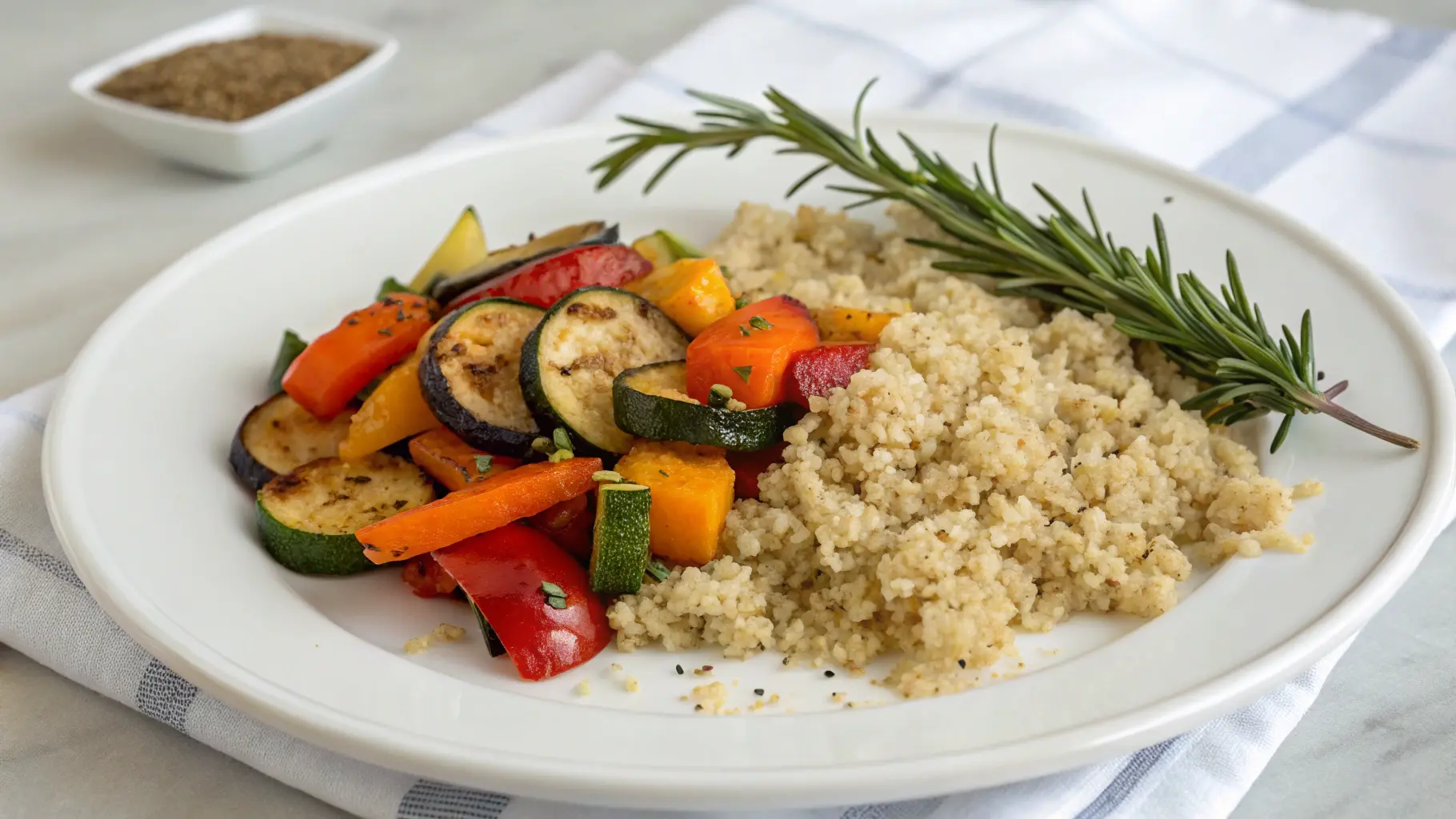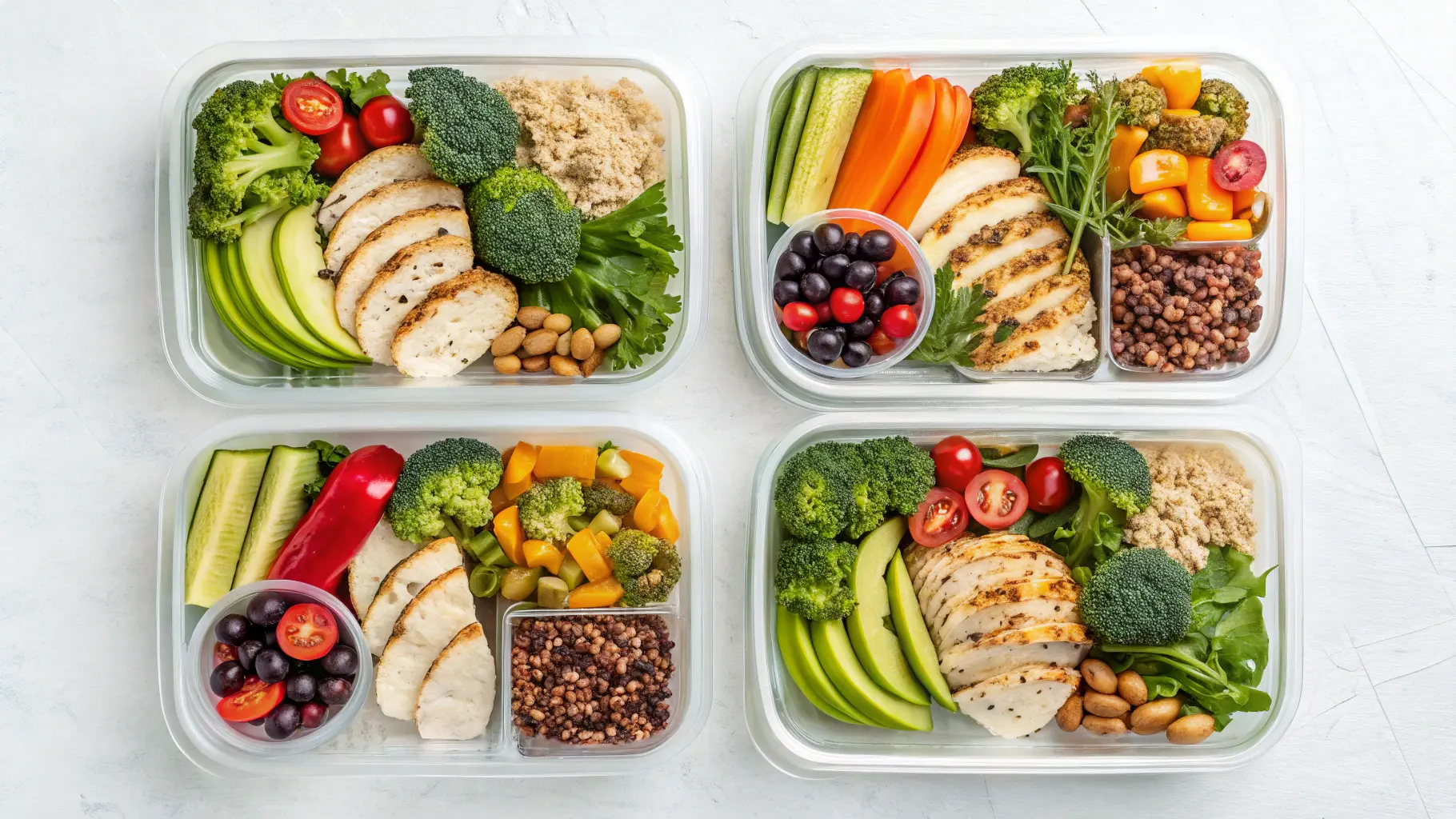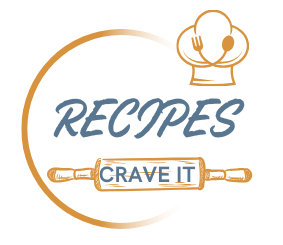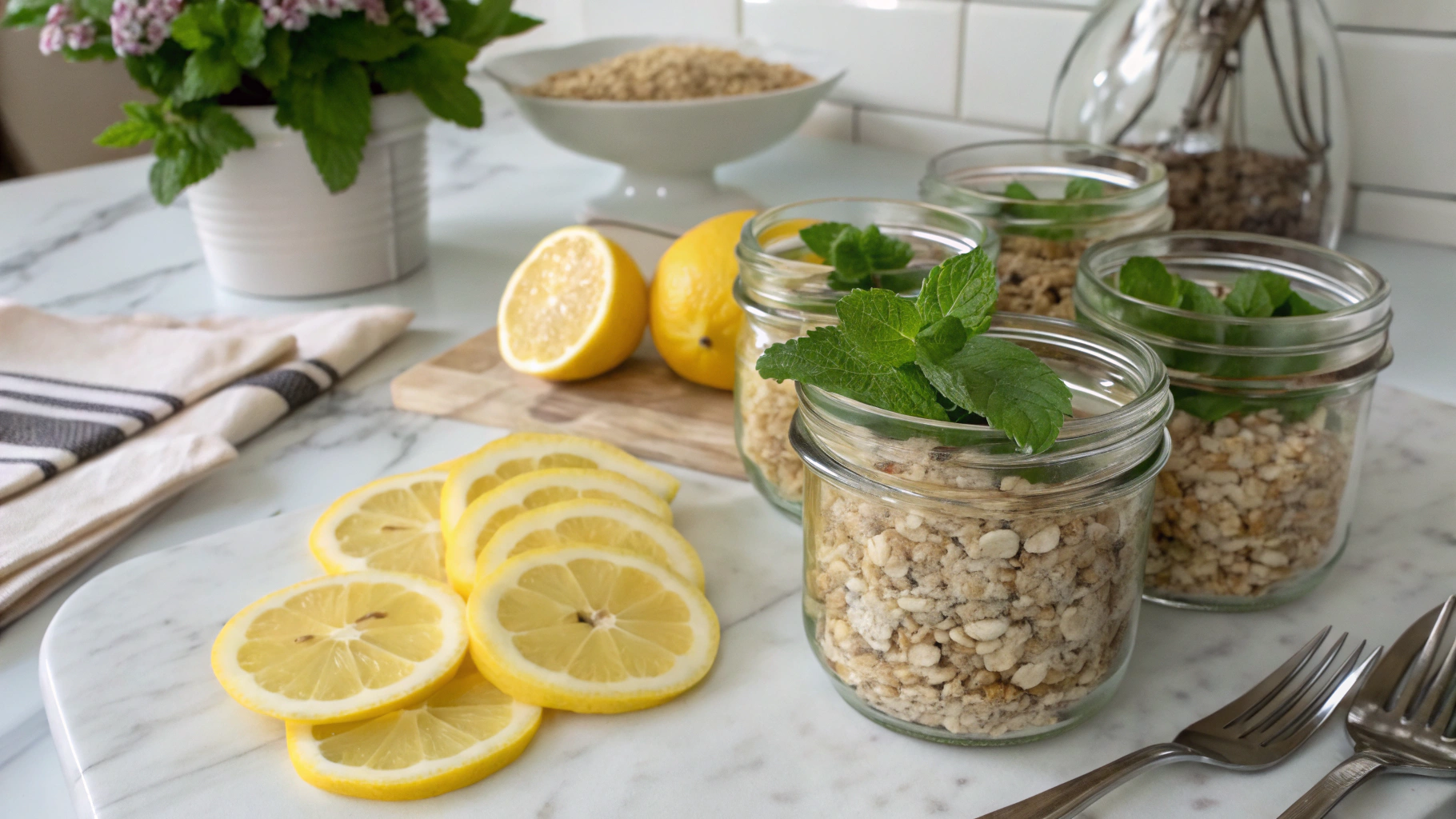The concept of a clean eating aesthetic isn’t just about what’s on your plate—it’s a full lifestyle built around mindful choices, natural foods, and visually appealing meals. It blends healthy eating habits with minimalist beauty, making nutritious living as satisfying to look at as it is to enjoy.
With social media playing a massive role in shaping our perceptions of health and food, it’s no surprise that the clean eating movement has evolved into a visual culture. Even better, this lifestyle doesn’t require a professional setup or expensive gear.
What Is the Clean Eating Aesthetic?
At its core, the clean eating aesthetic refers to a lifestyle that prioritizes:
-
Whole, minimally processed foods
-
Simple, neutral-toned visuals
-
Fresh produce and nutrient-rich ingredients
-
Balanced, beautifully presented meals
But it’s not just about the food—it’s also about:
-
Decluttered kitchen spaces
-
Organized pantries with glass jars
-
Food served on matte ceramics or wooden boards
-
Slow, intentional cooking rituals
This aesthetic encourages not only mindful eating but also mindful living.
From Trend to Lifestyle: The Evolution of Clean Eating
The phrase clean eating originally emerged in wellness and nutrition circles. However, as the wellness industry grew, so did the desire for visually appealing ways to live healthfully. Platforms like Instagram and Pinterest turned everyday meals into works of art, sparking a movement that is now equal parts nutritional and visual.
More importantly, this aesthetic helps normalize healthy habits by making them exciting, inspirational, and easy to adopt.
Elements That Define the Clean Eating Aesthetic
1. Visual Simplicity
-
Neutral palettes (beige, white, soft green)
-
Clean table settings with natural textures
-
Minimalist plating with focal ingredients
2. Natural Ingredients
-
Bright vegetables, fresh fruits, grains, and legumes
-
Emphasis on real, whole foods rather than boxed or processed products
-
Seasonal produce arranged to enhance visual harmony
3. Balanced Composition
-
Color symmetry: greens, reds, browns, and yellows
-
Texture play: crunchy seeds, creamy avocado, soft quinoa
-
Negative space on the plate to highlight the ingredients

Food Styling & Storytelling Through Meals
Food becomes more enjoyable when it looks appealing. The clean eating aesthetic focuses on:
-
Using natural daylight to illuminate meals
-
Avoiding over-styled shots (keep it real and relatable)
-
Highlighting texture (e.g., drizzles, herbs, grains)
-
Incorporating natural props like linen, wooden boards, or herbs
This helps create a cohesive theme across meal prepping, food journaling, and content sharing.
Aesthetic Meal Planning That Works
Planning your meals with aesthetic in mind can increase consistency and mindfulness. Here’s how:
-
Design a week’s worth of balanced meals with color in mind
-
Use bento-style glass containers for lunch storage
-
Plan ahead to avoid food waste and overprocessing
Simple Sample Meal Plan:
-
Breakfast: Berry chia pudding with oat milk and almonds
-
Lunch: Chickpea salad with cucumbers, arugula, and tahini dressing
-
Dinner: Grilled sweet potatoes, lentils, and sautéed kale
Misconceptions About the Clean Eating Aesthetic
Let’s debunk some myths:
-
Myth: It’s only for influencers
Truth: Anyone can create beautiful, clean meals with a phone and natural light. -
Myth: It’s expensive
Truth: It focuses on accessible whole foods like lentils, oats, seasonal veggies, and herbs. -
Myth: It’s time-consuming
Truth: Simple plating and bulk meal prep save time while boosting presentation. -
Myth: It promotes restrictive eating
Truth: It encourages balance—not deprivation.
Daily Habits to Embrace the Clean Eating Aesthetic
-
Start your day with warm lemon water and a calming morning routine.
-
Cook slowly and with intention.
-
Declutter your kitchen to promote creativity.
-
Prep meals on Sundays and organize by color or nutrient.
-
Use wooden utensils and natural materials to elevate the vibe.
This breakfast bowl with scrambled eggs, avocado & berries is a perfect example of clean eating aesthetic—colorful, nourishing, and beautifully simple.
Clean Eating Aesthetic Grocery List
| Category | Aesthetic Picks |
|---|---|
| Vegetables | Kale, avocado, purple cabbage, sweet potatoes |
| Fruits | Berries, figs, pomegranates, bananas |
| Grains | Quinoa, brown rice, steel-cut oats |
| Protein | Chickpeas, black beans, grilled chicken, tofu |
| Fats | Olive oil, tahini, almonds, cashew butter |
| Extras | Lemon, cinnamon, turmeric, fresh herbs |
Meal Ideas That Look Good and Taste Better
-
Rainbow Buddha Bowl with quinoa, beets, chickpeas, carrots, and tahini
-
Avocado Toast with microgreens, sesame seeds, and chili flakes
-
Zucchini Noodles with garlic, cherry tomatoes, and crushed almonds
-
Berry Smoothie Bowl with coconut flakes and pumpkin seeds

Aesthetic Meal Prep Tips
-
Use glass containers with bamboo lids
-
Stack meals by color or type (greens, carbs, protein)
-
Label with minimalistic handwritten tags
-
Add garnishes (lemon slices, herbs) right before serving
Meal prepping this way not only boosts convenience but also motivates healthy eating.
Clean Eating Aesthetic for Families
-
Serve meals family-style with vibrant salads and sides
-
Let kids help plate—use color themes for fun
-
Offer variety on the plate: a grain, a protein, a fruit, a veggie
-
Keep sugary or processed options off the table by default
This approach naturally encourages healthier choices without pressure.
Sustainability in the Clean Eating Aesthetic
A clean aesthetic naturally leans toward low-waste, minimal packaging, and reuse:
-
Shop local and seasonal
-
Buy bulk and use reusable bags
-
Store in glass jars or upcycled containers
-
Compost scraps where possible
-
Use beeswax wraps instead of plastic

Frequently Asked Questions
What is the clean eating aesthetic?
It’s a lifestyle that blends nutritious eating with visual minimalism—focusing on whole foods presented in an appealing, balanced way.
How do I start a clean eating aesthetic lifestyle?
Begin by decluttering your kitchen, focusing on whole ingredients, and presenting your meals with care.
Is clean eating aesthetic the same as dieting?
Not at all—it’s a lifestyle focused on nourishment, beauty, and balance, not restriction.
Can I eat clean and aesthetic on a budget?
Absolutely. Use seasonal produce, bulk grains, and simple prep techniques.
Do I need fancy tools or expensive food?
Nope. A few basics like a good knife, natural light, and whole ingredients are enough.
Final Thoughts: Why the Clean Eating Aesthetic Is Worth Embracing
Living a clean eating aesthetic lifestyle helps you slow down, appreciate food, and nourish your body with intention. It adds joy to everyday routines, encourages mindfulness, and supports your health goals.
✨ Craving more tasty recipes and foodie inspo?
Stay connected with us on your favorite platforms:
📌 Pinterest | 📸 Instagram | 👍 Facebook

Recipe Recap: Rainbow Buddha Bowl (Clean Eating Aesthetic)
A vibrant, nourishing Buddha bowl that embodies the clean eating aesthetic. Packed with colorful vegetables, whole grains, and plant-based protein, this dish is as beautiful as it is balanced.
- Total Time: 30 minutes
- Yield: 1 serving 1x
Ingredients
- ½ cup cooked quinoa
- ½ cup roasted sweet potatoes (cubed)
- ¼ cup shredded purple cabbage
- ¼ cup sliced cucumbers
- ¼ cup chickpeas (cooked or roasted)
- ¼ avocado, sliced
- 1 tbsp tahini
- 1 tsp lemon juice
- Salt and pepper to taste
- Fresh parsley or microgreens (optional garnish)
Instructions
- Cook quinoa according to package instructions; let cool slightly.
- Roast sweet potatoes at 400°F (200°C) for 20 minutes with olive oil and sea salt.
- Prepare all raw veggies (shred, slice, or chop).
- Arrange quinoa as the base in a wide bowl.
- Add each topping in its own section around the bowl.
- Mix tahini and lemon juice, drizzle over bowl.
- Season lightly and garnish with microgreens or parsley.
- Prep Time: 10 minutes
- Cook Time: 20 minutes
- Category: Main Course / Lunch Bowl
- Method: Roasting & Raw Prep (No-cook assembly)
- Cuisine: Plant-based / Clean Eating / Fusion
- Diet: Gluten Free


